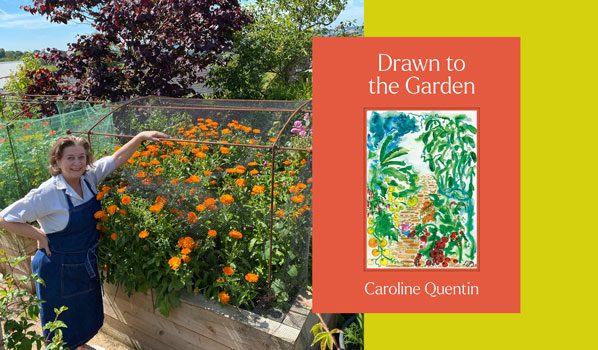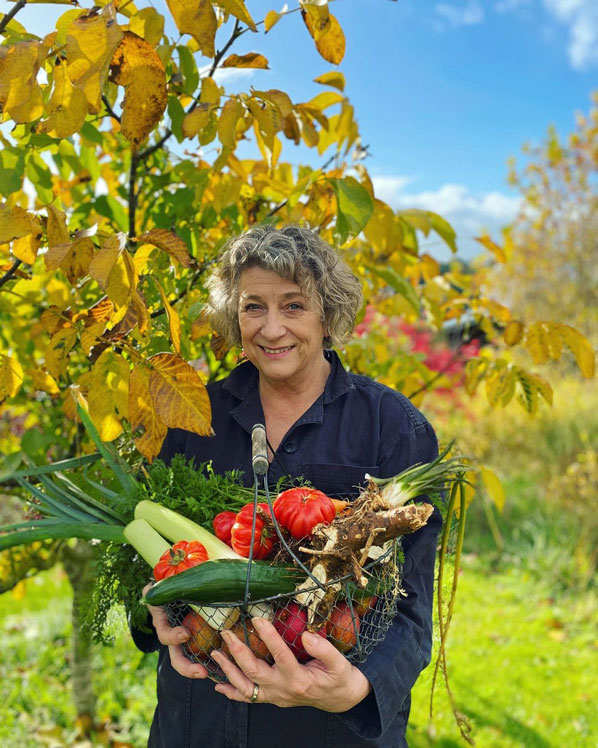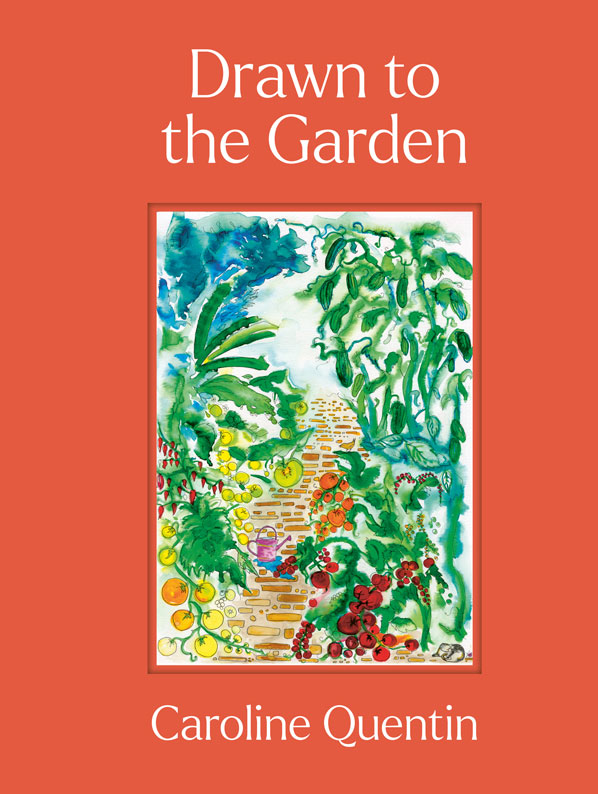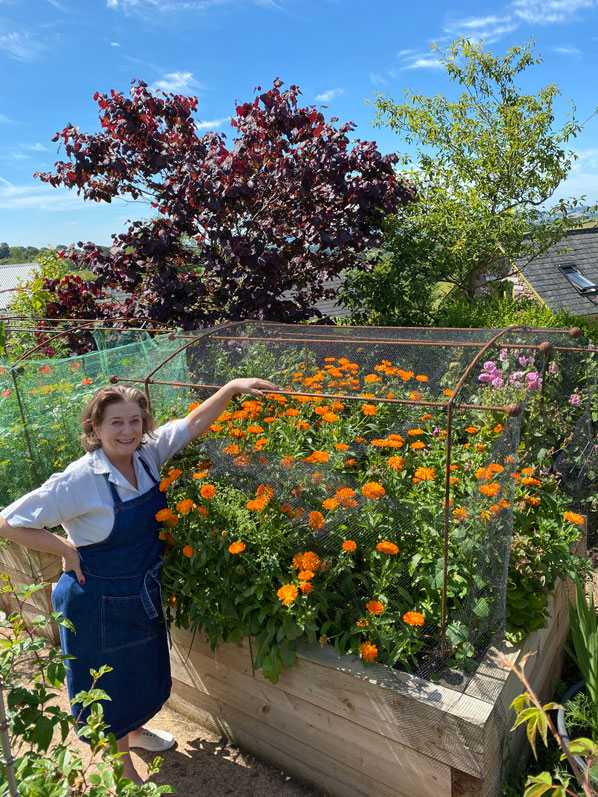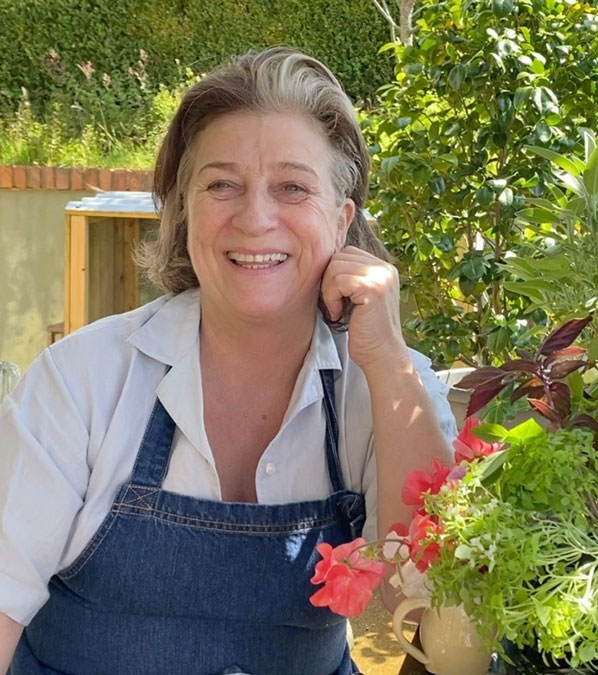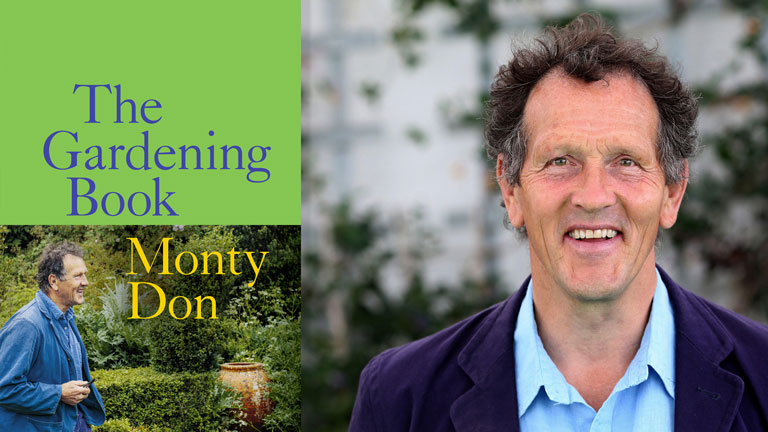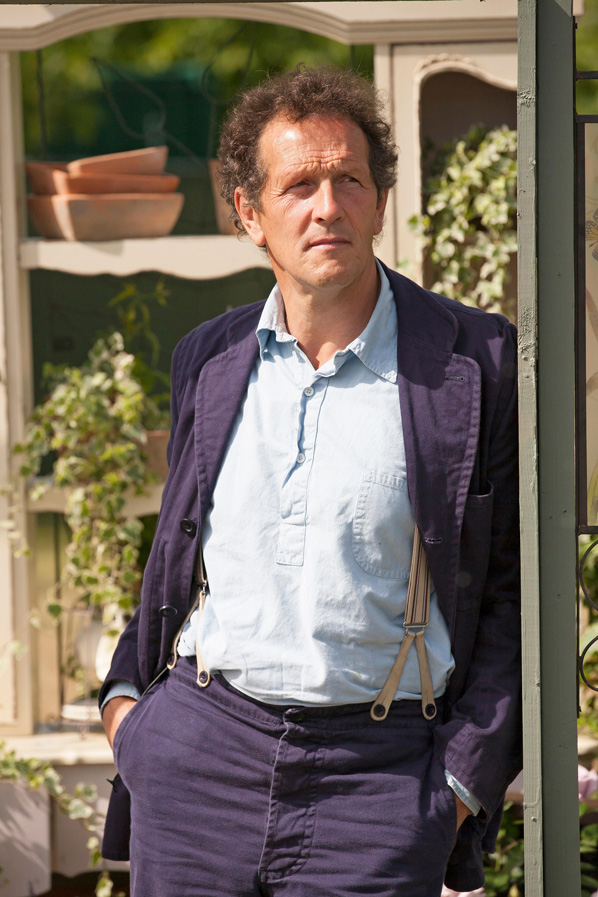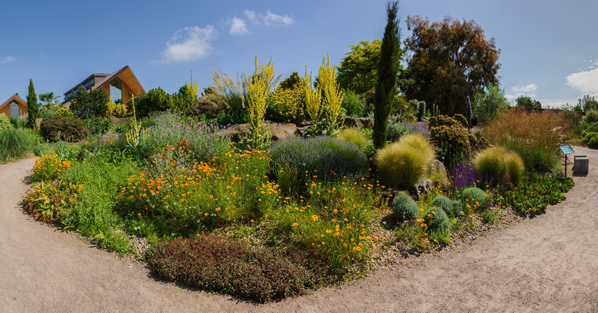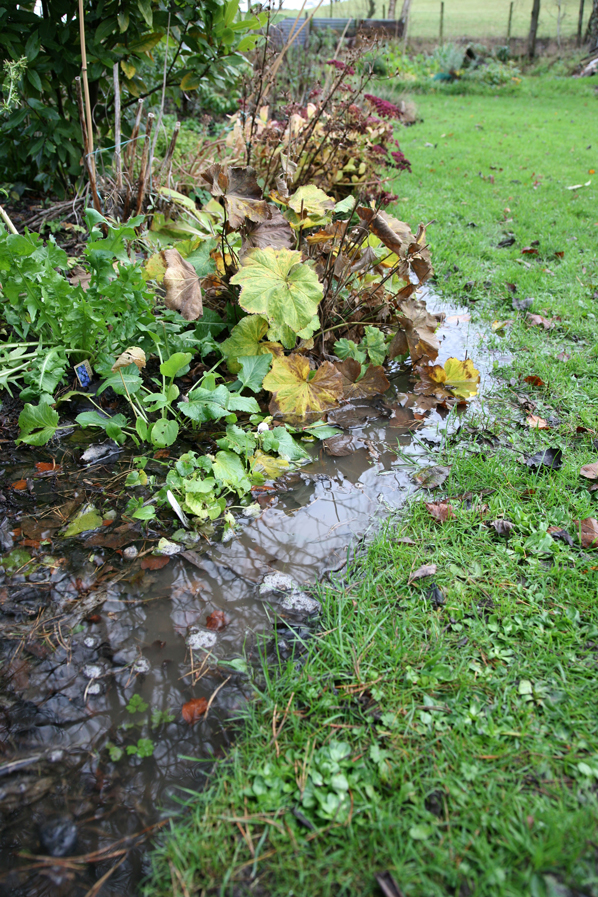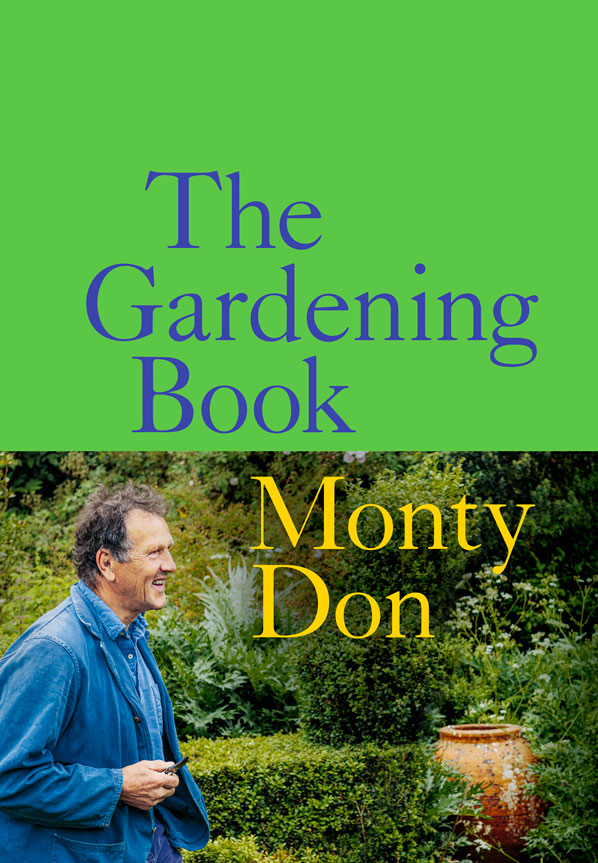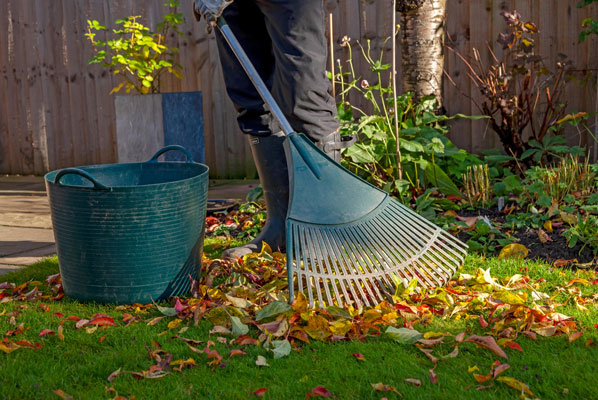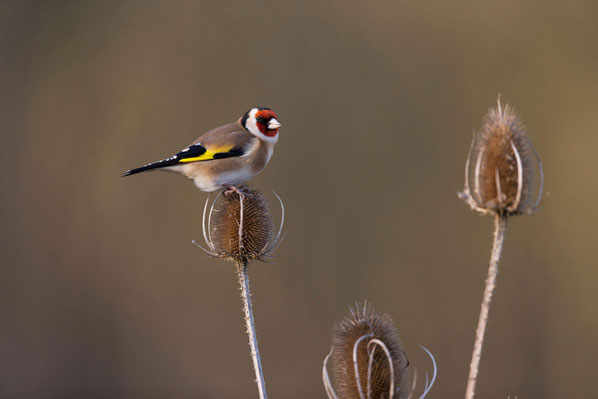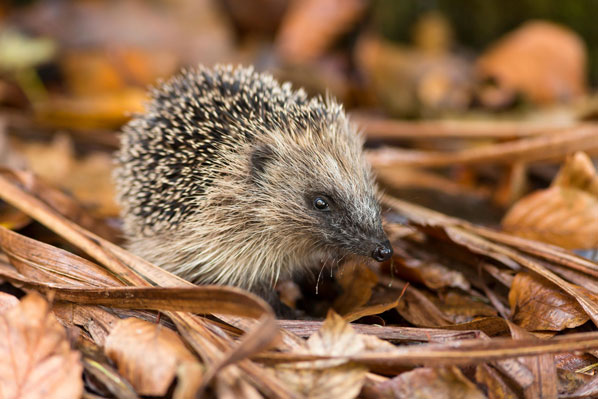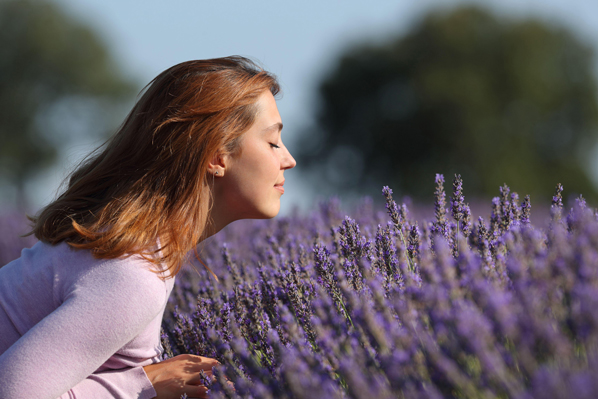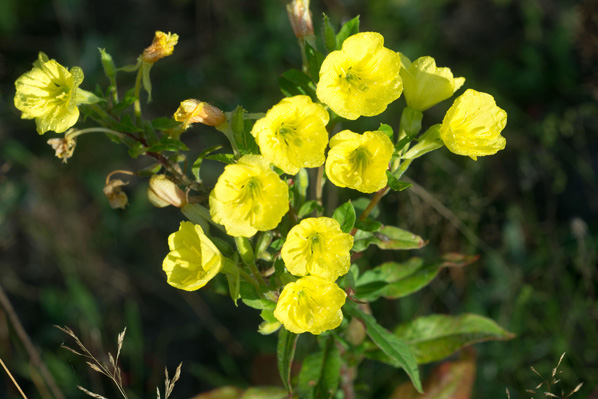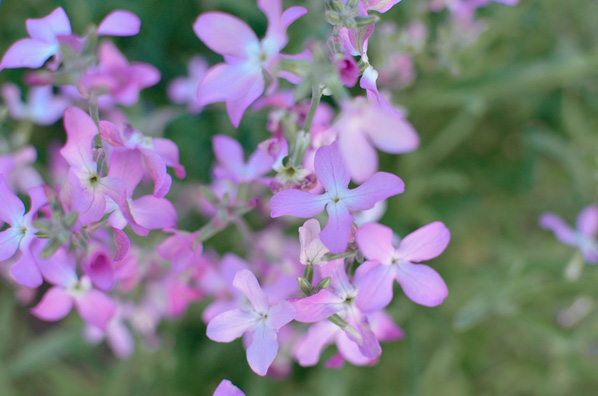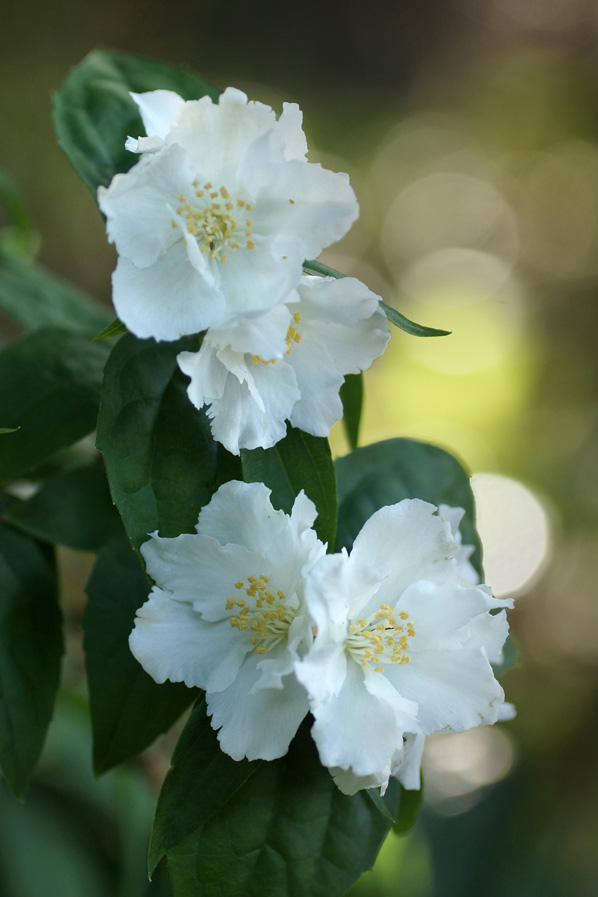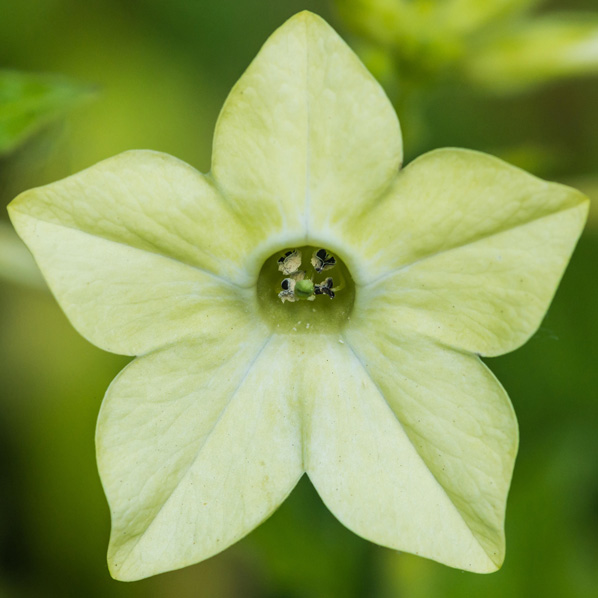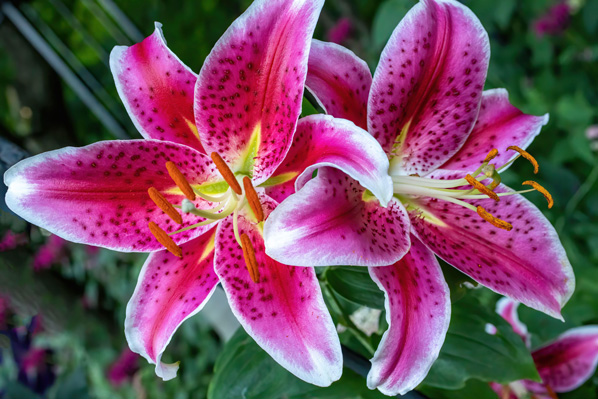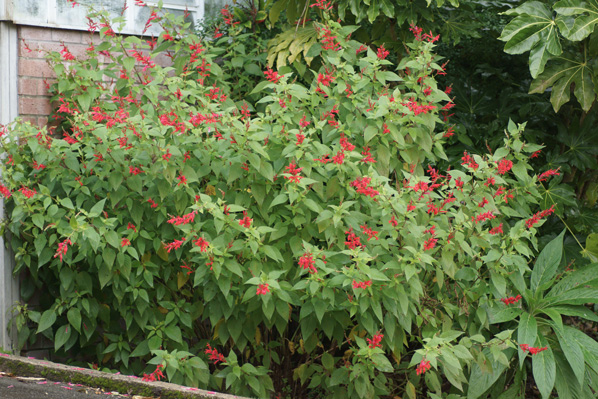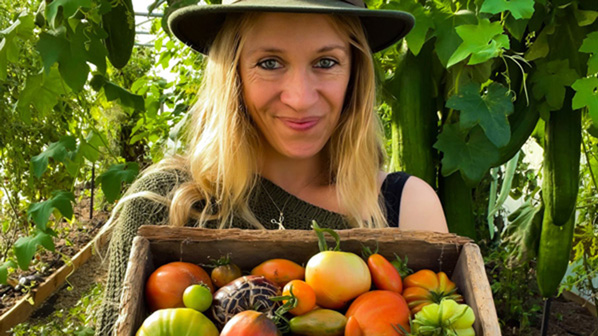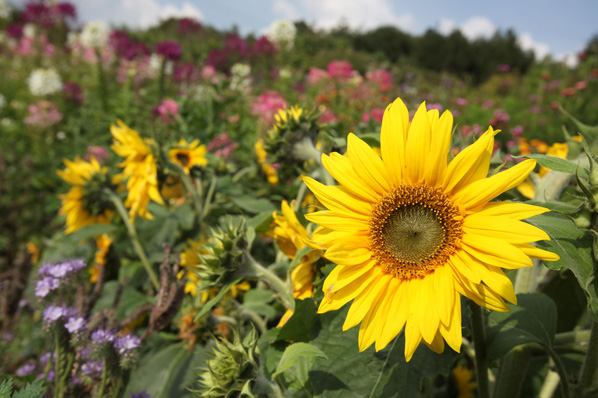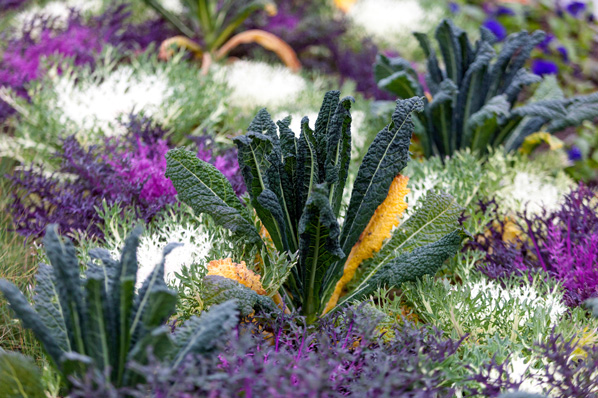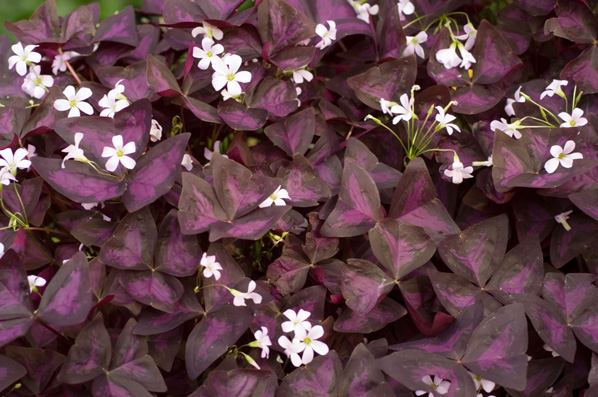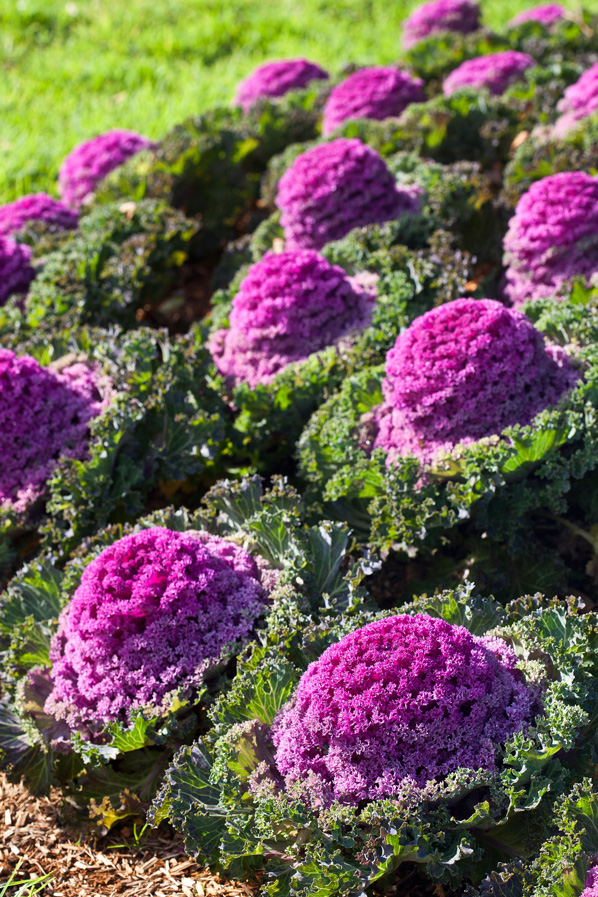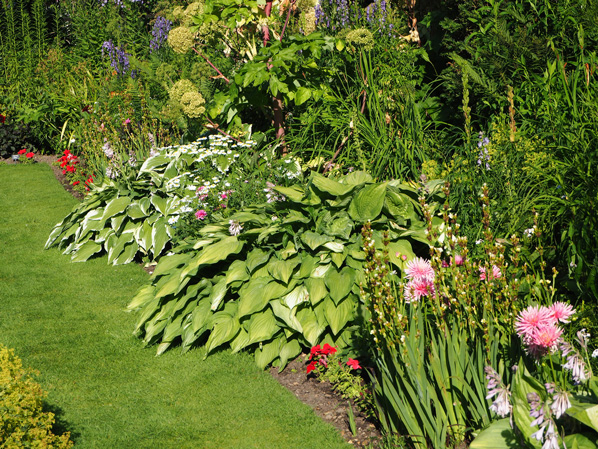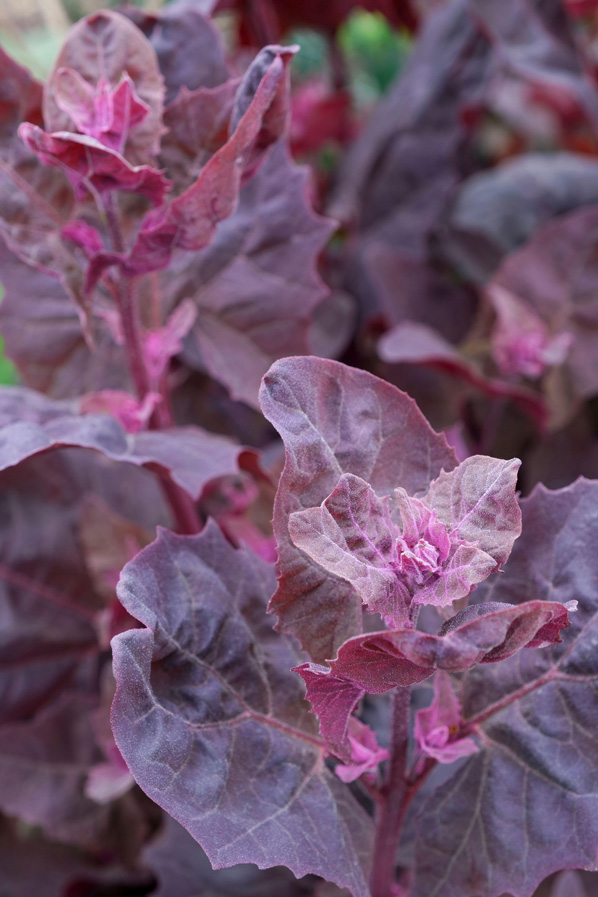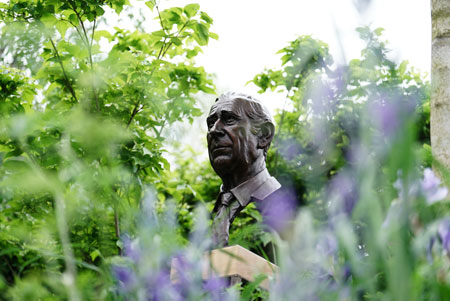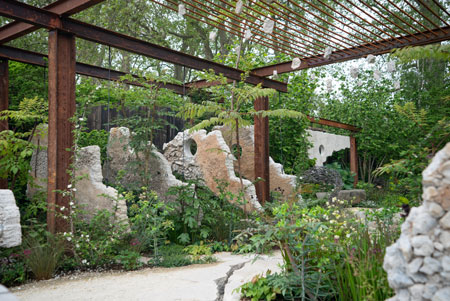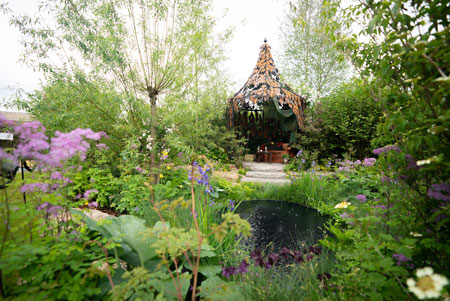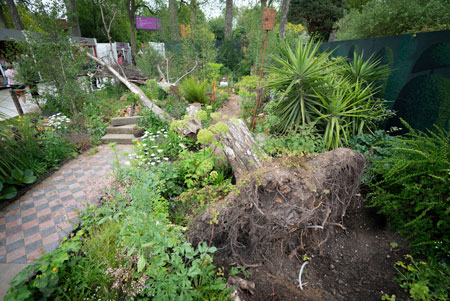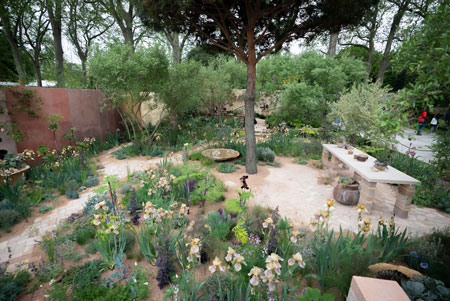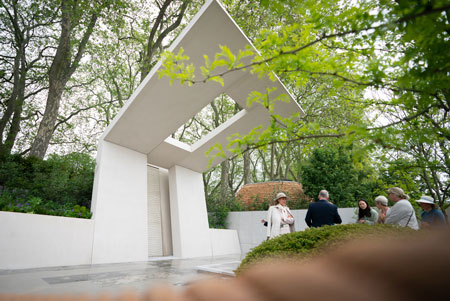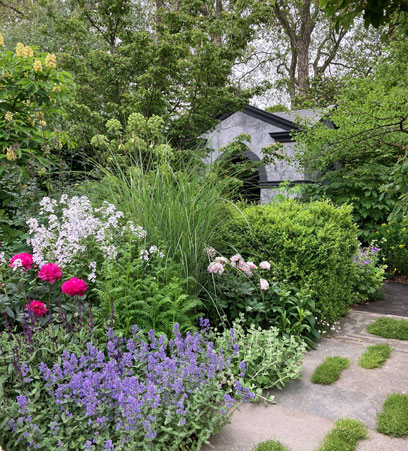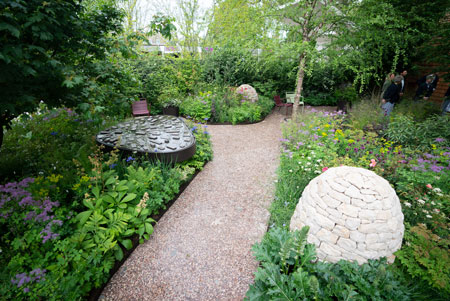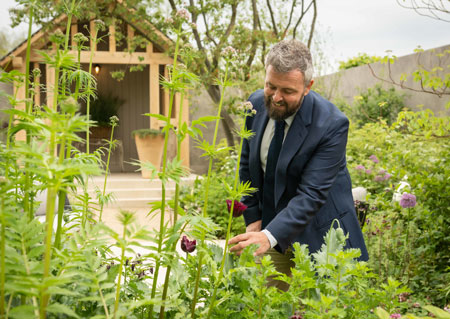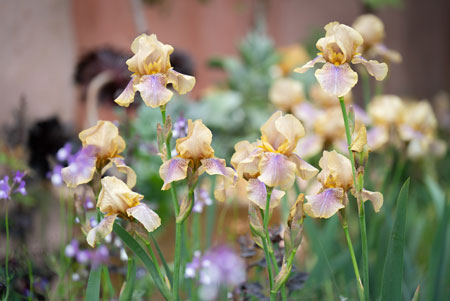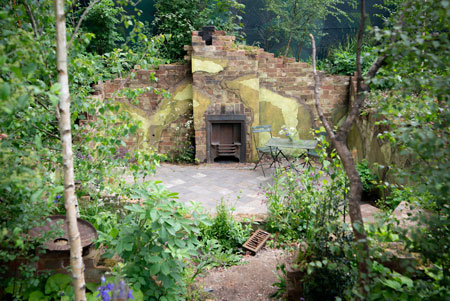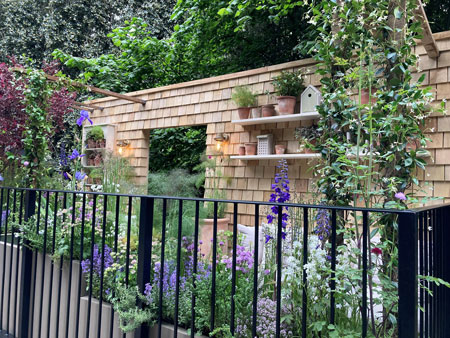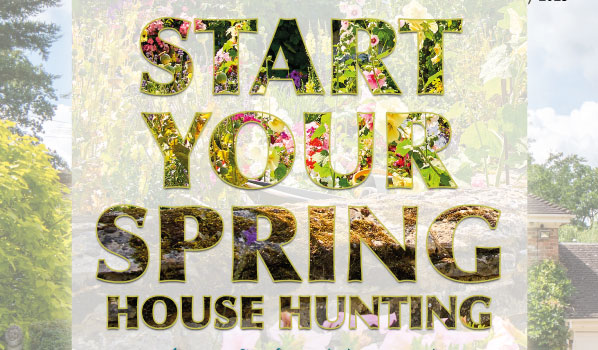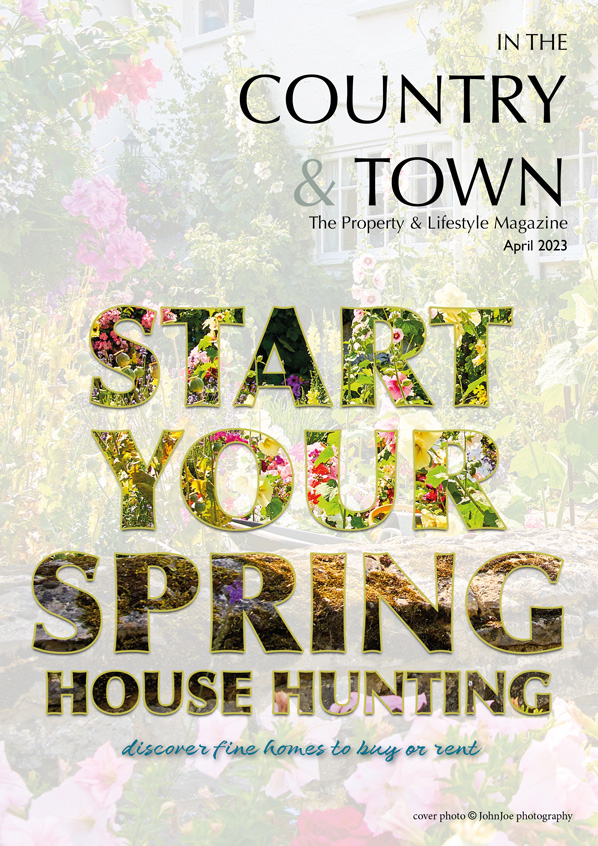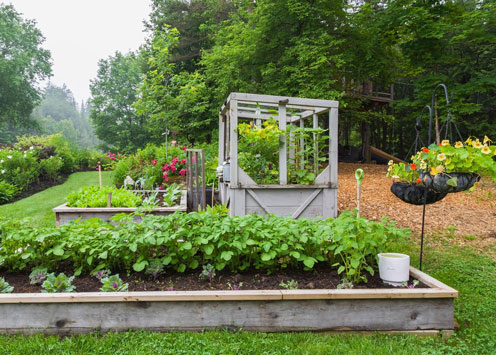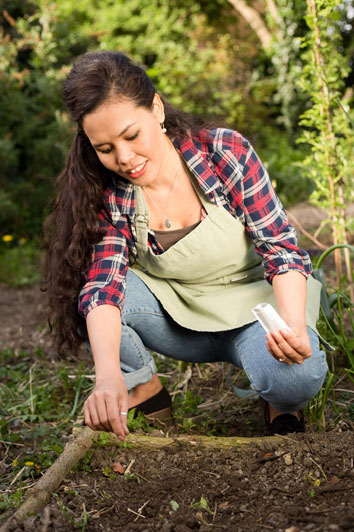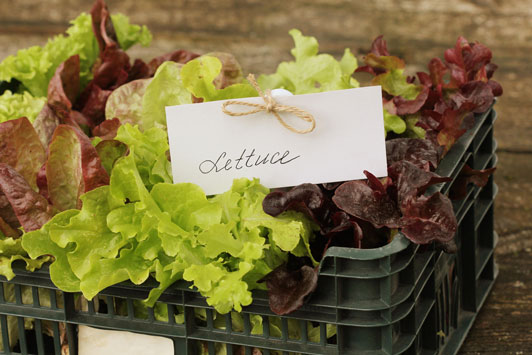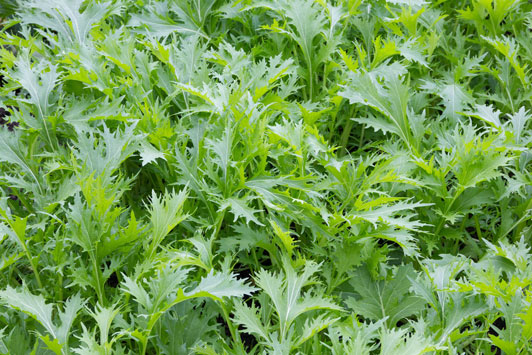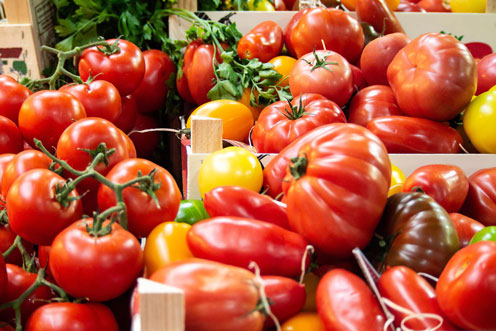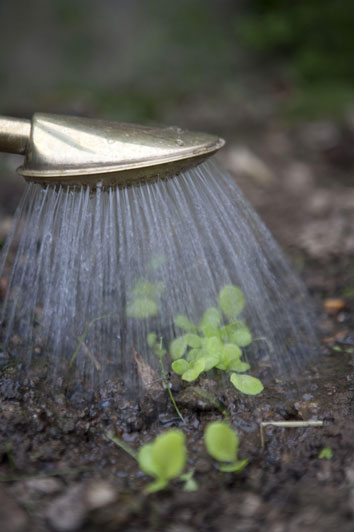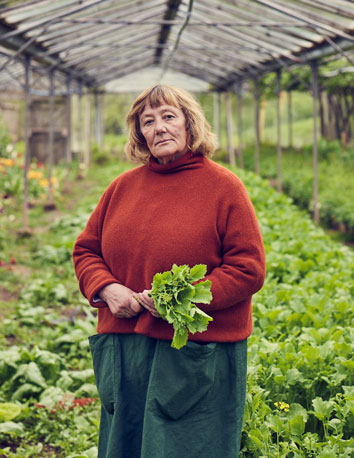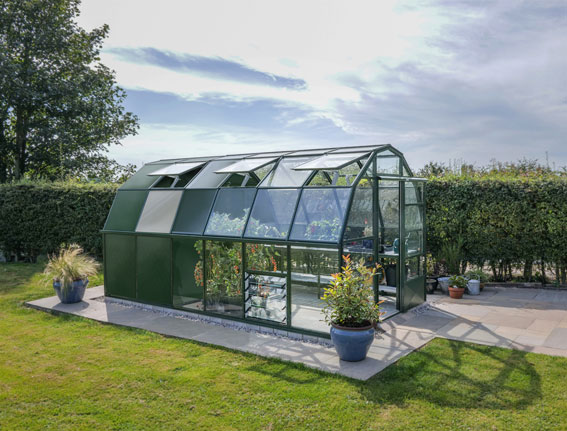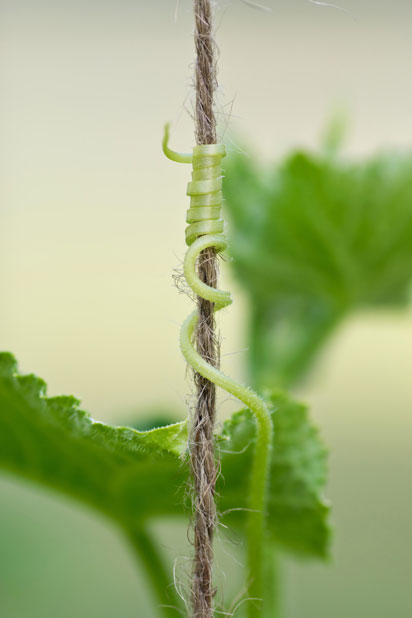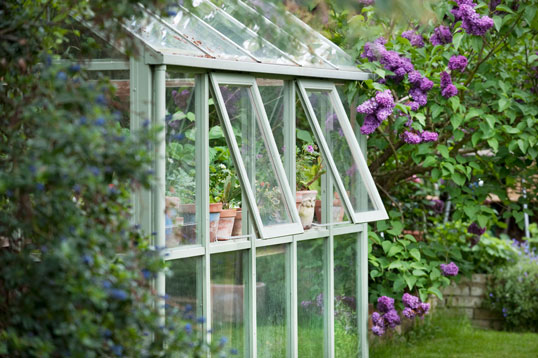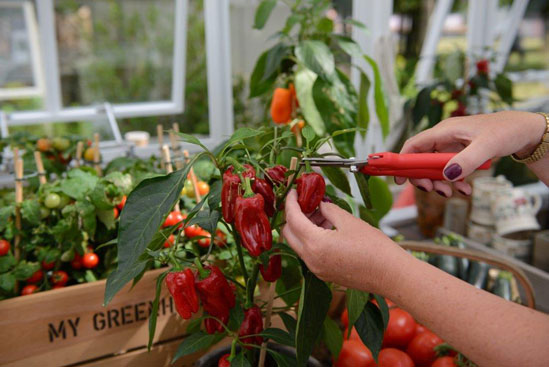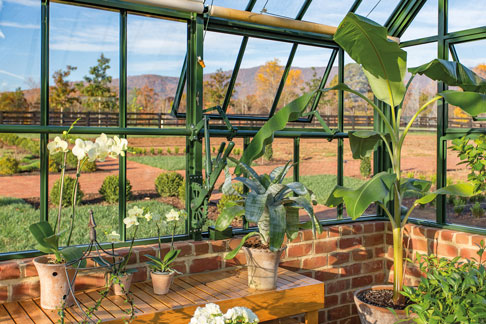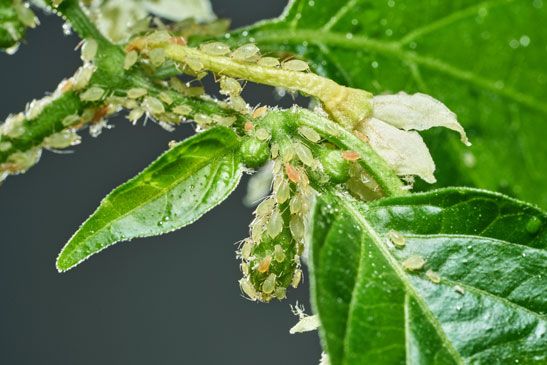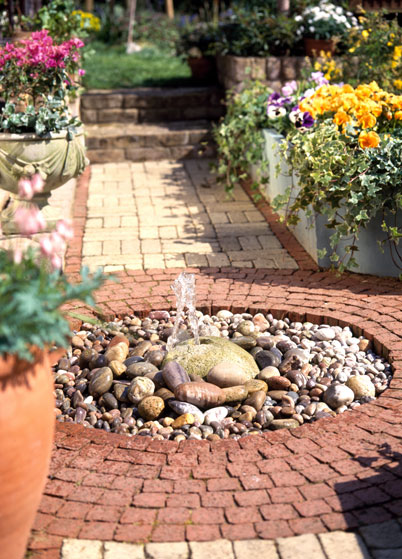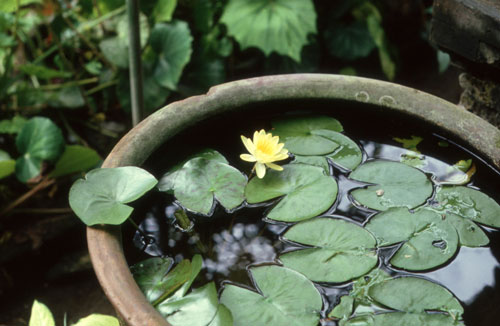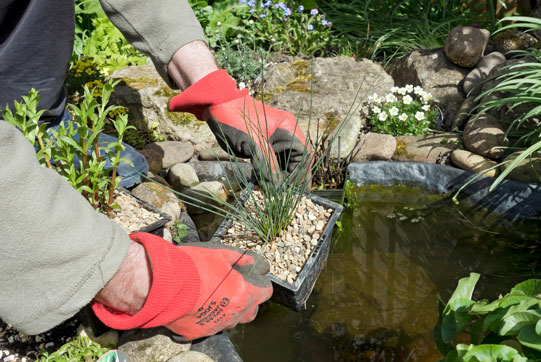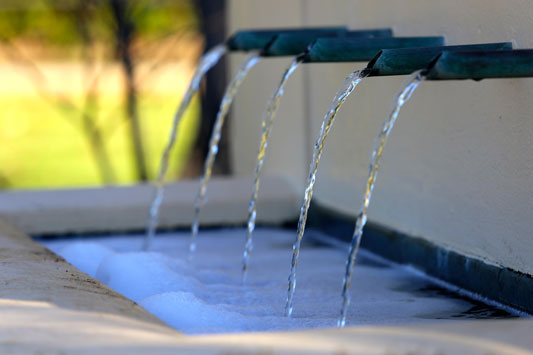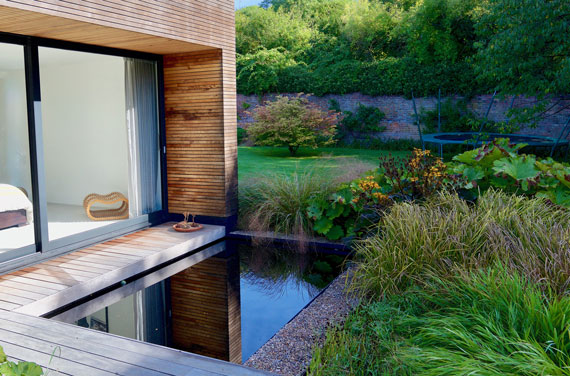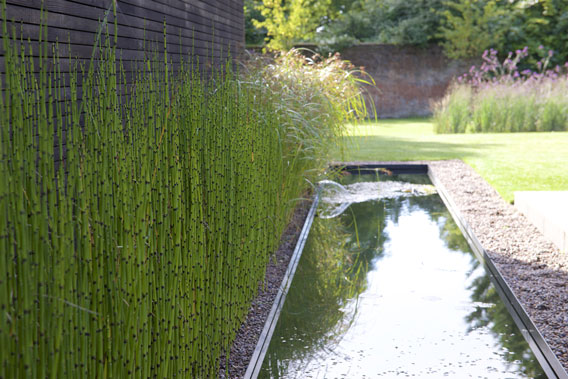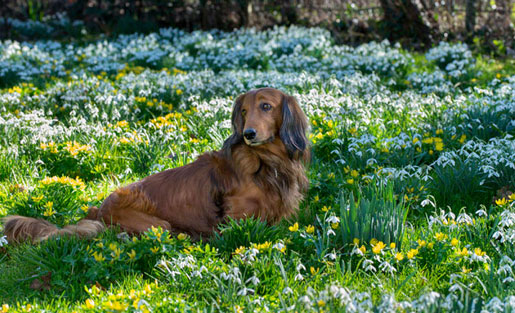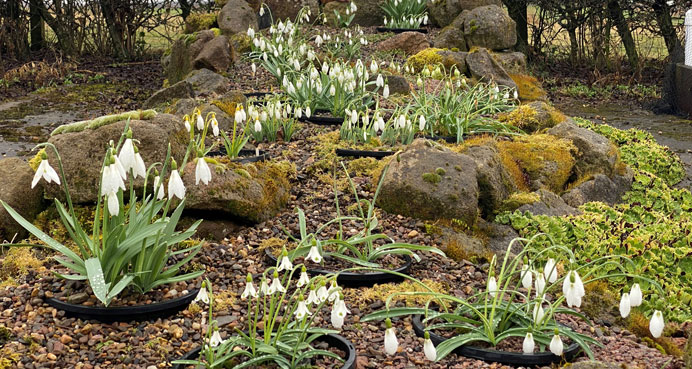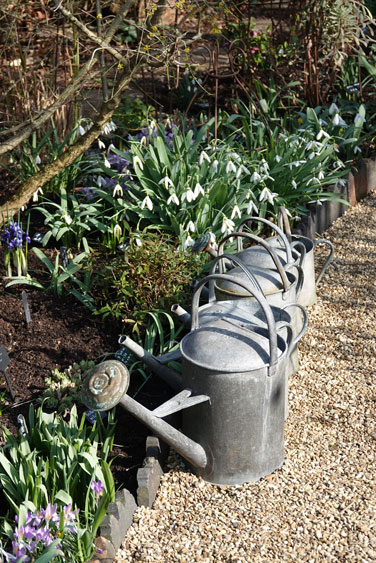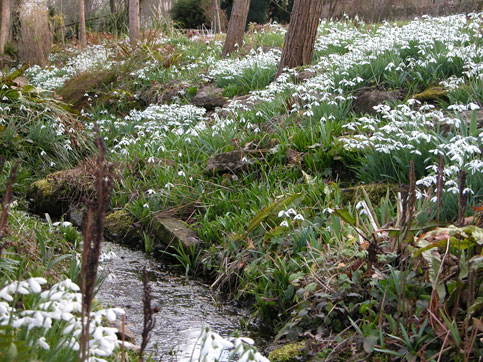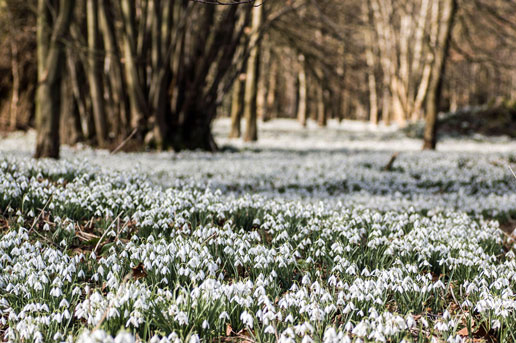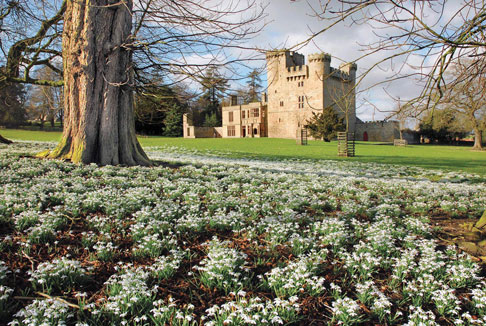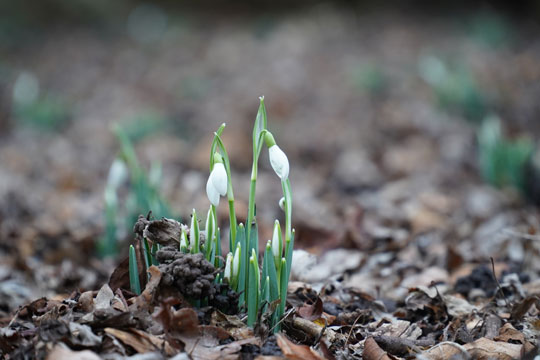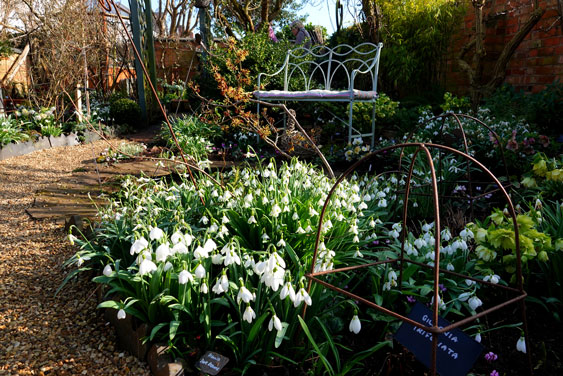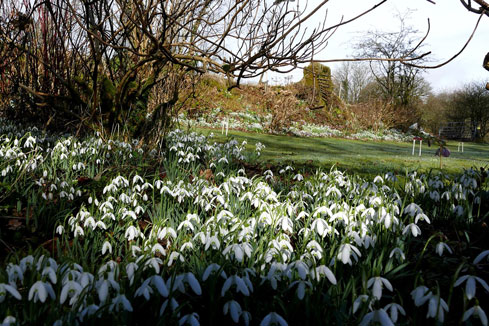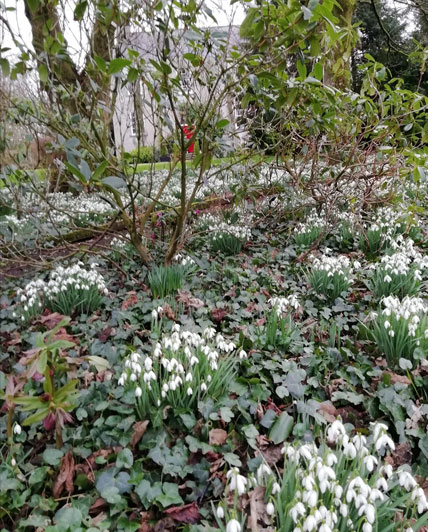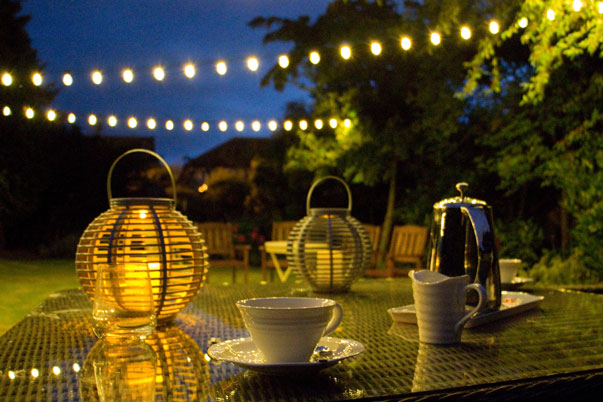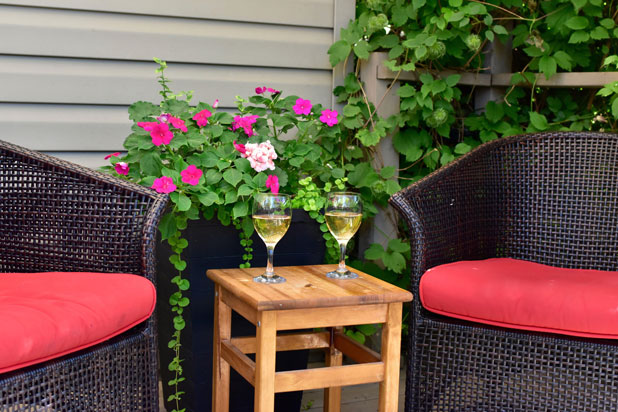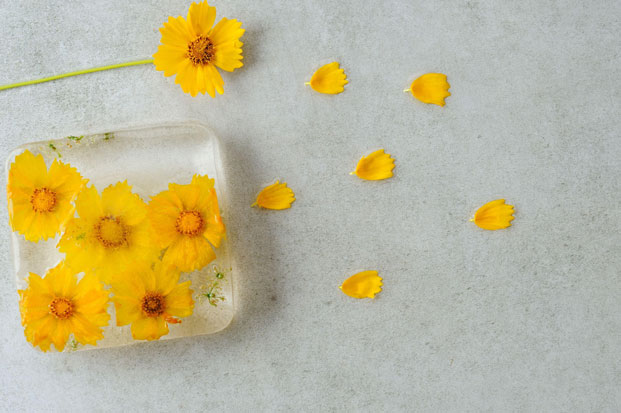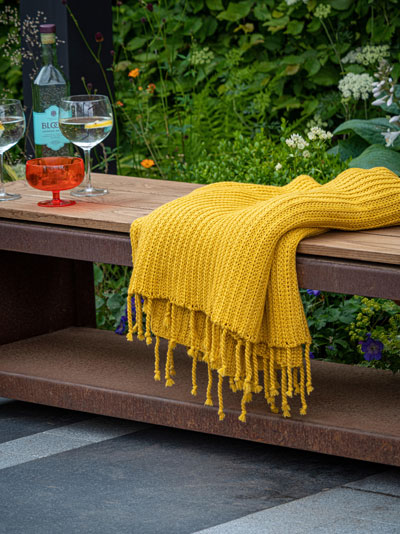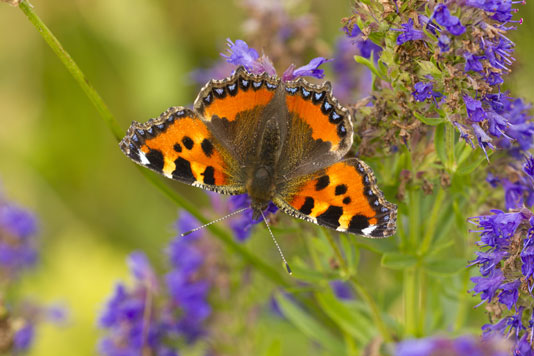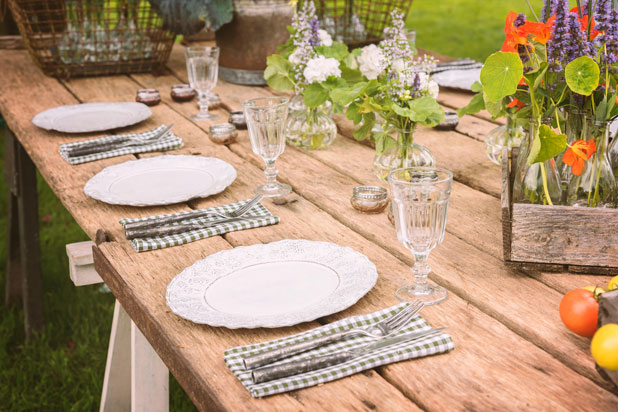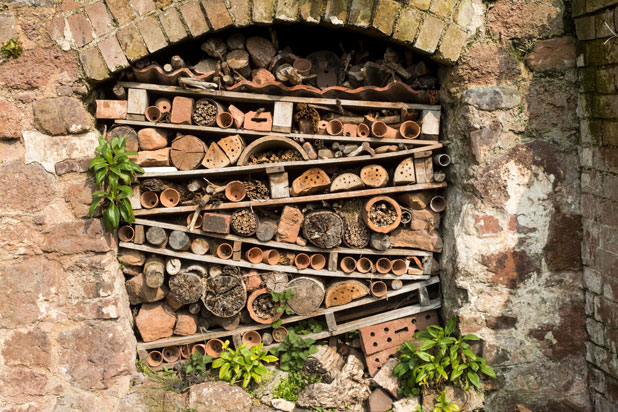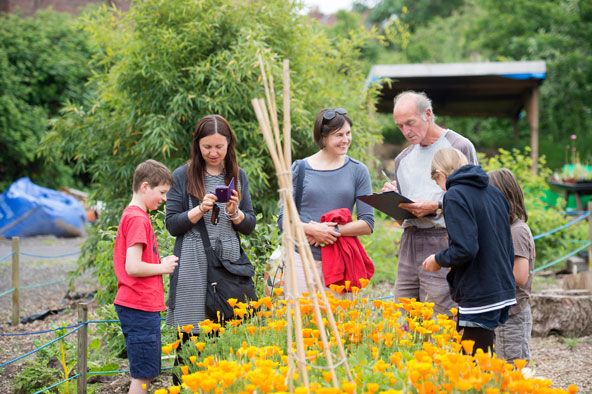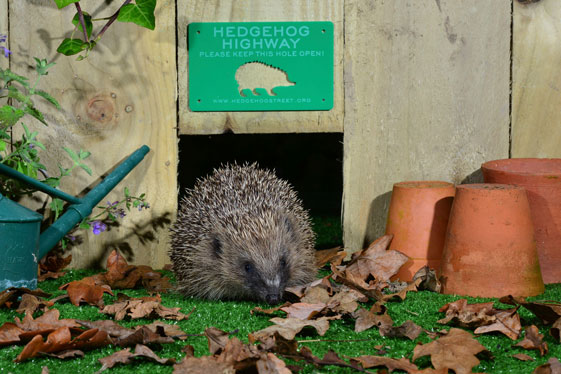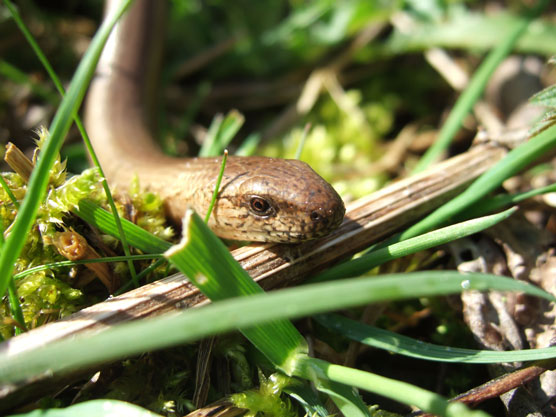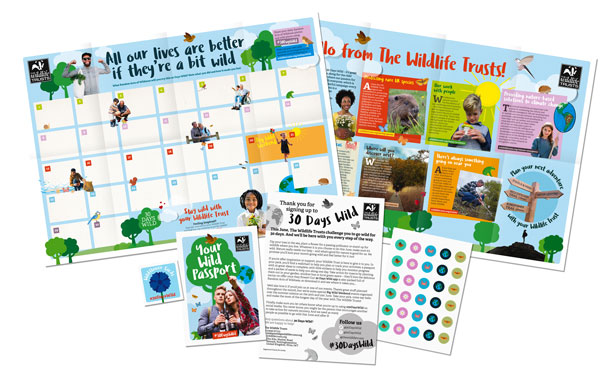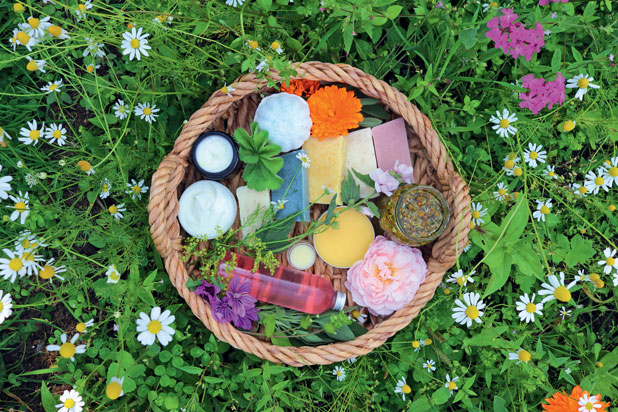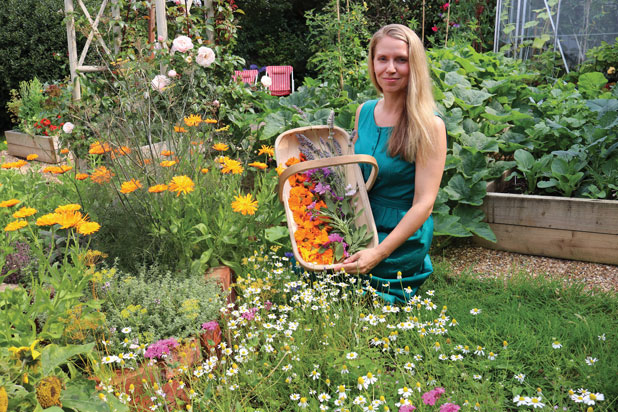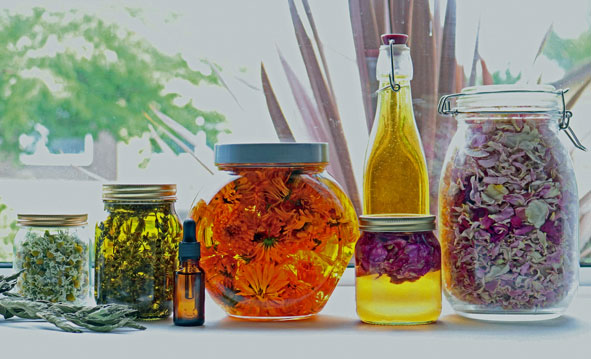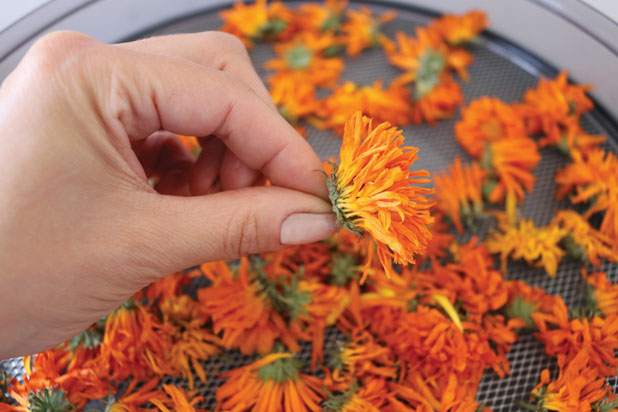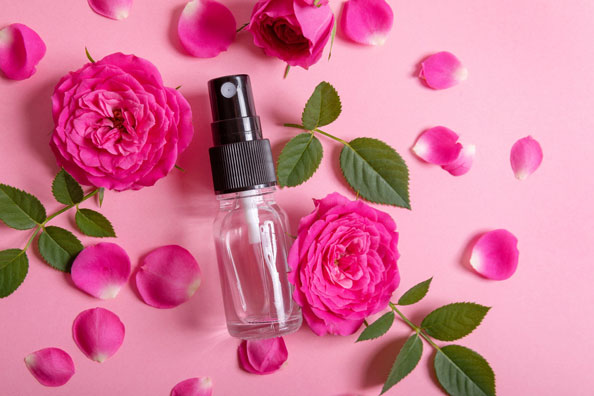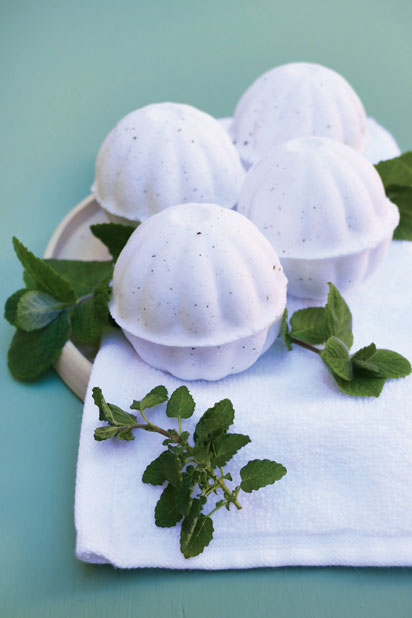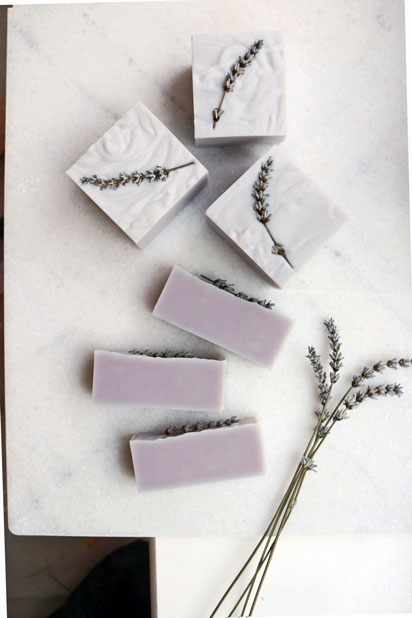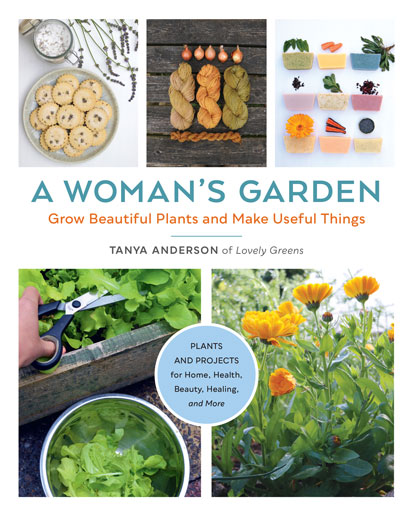Create a holiday haven for your plants and they will prosper, says Sam Wylie-Harris.
Whether you’re making the most of late-summer bloomers, or letting your houseplants sun themselves in the open air, chances are your greenery is glowing.
Only what if you’re escaping to your happy place in the sun?
As Julian Palphramand, head of plants at British Garden Centres points out: “Summer holidays bring visions of relaxation and adventure – but for devoted plant parents, the concern of leaving behind beloved plants can cast a shadow.”

“However, with a little preparation, your indoor and outdoor potted plants can thrive while you’re soaking up the sun on your getaway.”
To ensure your container garden and houseplants continue to flourish during your absence, here’s his comprehensive guide for lending a hand to green fingers…
Indoor houseplants
Ensure your houseplants thrive on your holiday with some pre-departure planning…
“Watering is paramount, so we recommend self-watering systems for convenience, or enlist a trusted friend or neighbour to water your plants once a week,” advises Palphramand.
“Light and humidity are also crucial for plant health whilst you are away. Move your plants to receive indirect sunlight so you don’t scorch delicate leaves.”
“To create a mini-humid microclimate, group your plants together,” says Palphramand. “You can also place a tray filled with pebbles and water near them to increase moisture levels.”
Before you leave, he says to adjust your feeding schedule to avoid overfeeding while you’re away. “Consider using slow-release fertilisers for a gradual nutrient supply.
“Inspect your plants thoroughly for signs of pests or diseases before you leave the house, and treat any issues promptly to prevent them from spreading in your absence.”
When returning from your holiday, give your plants some extra TLC, underlines Palphramand. “Remove dead leaves, prune overgrown branches, and check for any signs of stress or damage.”

Outdoor plants
Pre-holiday TLC…
Before you pack your bags, dedicate some time to ensuring your container plants are in peak condition, highlights Palphramand. “A healthy plant is better equipped to handle the stress of your absence.”
Feed: Give your plants a final meal with a feed rich in potash, says Palphramand. “Potash promotes flower and fruit development, ensuring your plants continue to produce vibrant blooms or delicious edibles while you’re away.”
Deadheading: “Remove spent flowers and wilting foliage before you go on holiday. This not only improves the overall appearance of your plants, but also encourages them to put their energy into new growth instead of sustaining old blooms.”
Prune on your return: Resist the urge to prune extensively before your trip, warns Palphramand. “Pruning can stress plants, making them more susceptible to dehydration during your absence – save any major pruning tasks for when you return.”

Managing whilst away…
Shade: Anticipate hot spells and relocate your hanging baskets, window boxes and containers to a sheltered area with indirect sunlight, suggests Palphramand. “This will help prevent them from drying out too quickly.”
Cluster together: “Group your potted plants together to create a microclimate, where plants benefit from each other’s humidity and provide some mutual shade.”
Placement: While seeking shade, he says to avoid placing your containers directly against walls, fences, or under trees. “These locations might block essential rainfall.”
Watering: “Water is the lifeblood of your plants, and potted plants will require more watering compared to in-ground plants, notes Palphramand.
“The day before your departure, give your plants a thorough drenching. Water generously until water flows out the drainage holes.
“This creates a deep reservoir of moisture for your plants to tap into while you’re away. Fill your water butt before you leave.
“This provides a natural source of water for your plants, especially if a lucky rain shower arrives during your absence.”

Self-watering planters: Consider investing in self-watering planters, recommends Palphramand.
“These containers feature built-in reservoirs that automatically supply water to the plant’s roots as needed.
“They offer peace of mind and are perfect for extended getaways.”
Mulch: “Apply a layer of mulch (bark chippings, gravel, or slate chippings) around the base of your potted plants.
“Mulch acts like a mini blanket, helping to retain moisture in the soil and reducing evaporation – this can significantly extend the time between watering sessions while you are away.”
Delegate plant care: If you’re planning a longer holiday, he says to enlist the help of a trusted family member, friend or neighbour.
“Ask them to check on your plants every few days, especially during hot weather, and give them a quick watering if needed.”
Group thirsty plants together: “If you have plants with similar water requirements, group them together.” He continues. “This makes it easier to water them efficiently and ensures plants with higher water needs benefit from the increased humidity created by their neighbours.”
Look at the weather before you go: Keep an eye on weather forecasts for your area. “If heavy rain is predicted, consider moving your plants to a sheltered location to prevent them from becoming waterlogged.”
With a little pre-planning and strategic care, you can return home to a flourishing haven of greenery, ready to welcome you back from your adventures, says Palphramand.
“So, pack your bags, relax, and enjoy your well-deserved holiday – your plants will be waiting for you, happy and healthy!”



